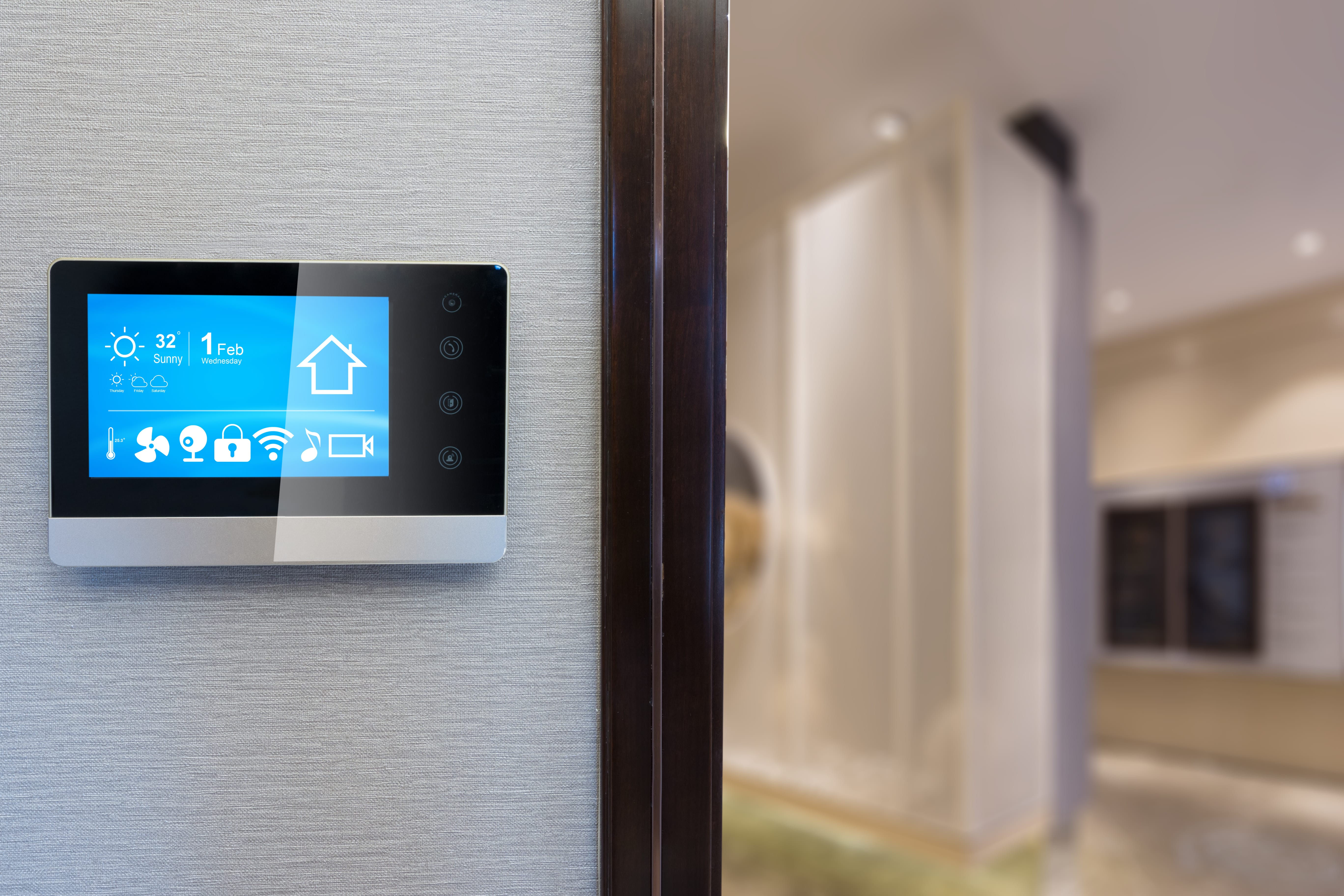Are you still using traditional incandescent bulbs in your home? Perhaps you’ve upgraded to CFL (compact fluorescent lamp) bulbs or LED (light-emitting diode) bulbs, but you’re wondering if you’ve made the right choice.
In the debate between CFL bulbs vs. LED, the truth is that both are better than incandescent bulbs and can help you save on your electricity bill.
If you want to bring down your overall energy costs, you’ll also need to consider your appliance energy usage. However, the US Energy Information Administration (EIA) estimates that household lighting accounts for about 10% of electricity consumption. All energy-efficient light bulbs offer greater energy savings, with energy use reductions of 5-80% over non-energy-efficient bulbs, and they last longer. But there are many differences between CFL vs. LED bulbs. So, which is better?
Let’s dive into the specifics of each type of bulb and then consider a few direct comparisons.
{{CTA-green-right-plan}}
A quick history of light bulbs
Incandescent bulbs are the original light bulbs. They were invented by Thomas Edison in the 19th century and have been lighting our homes ever since. These types of bulbs have a wire tungsten filament inside that is heated until it glows, creating light. The incandescent light bulb changed the world, but it’s no longer the best bulb on the market.
One thing many people don’t know about LED vs. CFL bulbs is that General Electric invented both types in the 20th century. While LED came on the market in 1962 and CFL in 1976, it would take years until the technology was marketable and affordable to the general public. Today, although policy has not been consistent, the United States has generally been moving to phase out incandescent bulbs and replace them with more energy-efficient options.
Why replace your incandescent light bulbs?
Incandescent bulbs produce more heat than light—about 90 to 95% of the energy they generate is heat. They are far less energy-efficient than LED and CFL options and only last about 1,000 hours or one year. However, they cost much less upfront, which makes incandescent bulbs the most affordable option. Another reason they continue to be popular is that we continue to buy what we are used to and don’t consider the benefits of CFL vs. LED bulbs.
Yet, like legislation that recognizes the benefits of renewable energy, the U.S. has been pushing toward energy-efficient bulbs—and for good reason. They will save you money on your electricity bill over time and are better for the planet. On top of that, the days of harsh fluorescent lighting are coming to an end as technology advances. CFL bulbs vs. LED both have pros and cons, but either is an improvement over incandescent options.
What are LED light bulbs?
LED (light-emitting diode) bulbs are made from a semiconductor material that produces light when an electrical current passes through it. LEDs do not produce white light in the way traditional incandescent bulbs do. Bulb manufacturers can replicate the look of white light through a combination of the amber, red, green, and blue hues that LEDs emit.
When you think of long, fluorescent tubes in office buildings, this is the light you picture—but modern LED lighting has come a long way. In fact, rope lights and holiday lights are some of the most common applications of LED lights today.
Pros of LEDs
LEDs give off virtually no heat. This makes them especially ideal for workrooms, kitchens, or other areas that may already get too warm. In the LED vs. CFL debate, LEDs also lead in energy efficiency. LEDs can reduce your lighting energy use by as much as 75% compared to traditional incandescent bulbs.
Cons of LEDs
Though the market is changing rapidly, LEDs have a slightly higher upfront price tag than CFLs. If this is a concern, you can gradually replace the bulbs in your home over time. Some consumers also feel LED light looks colder and more artificial than that of CFLs, and it does not diffuse as well. While this can be helpful for directional lighting, like you might use under cabinets or in display cases, you will get a softer glow for an overhead light or accent lamp with a CFL.
What are CFL light bulbs?
CFL (compact fluorescent lamp) bulbs create light by running an electric current through a gas-filled tube between two electrodes. This makes ultraviolet (UV) light, which converts to visible light when it comes into contact with a phosphor coating. This is why it can seem that CFL lights take longer to light up—the process can take about 30 seconds to one minute to complete.
One of the biggest differences you may notice between CFL vs. LED bulbs is that many CFL bulbs are spiral-shaped, although they also come in the traditional light bulb shape, as well as round and flame shapes.
Pros of CFLs
Compared to incandescent bulbs, CFL bulbs are still more energy-efficient, although not as much as LED lights. However, when considering CFL bulbs vs. LED, the main thing that many people like is that the light emitted by CFL bulbs is softer and warmer than the harsh fluorescent lighting you may associate with grocery stores or office buildings.
Cons of CFLs
Like incandescent options, CFL bulbs do generate a lot of heat. They are also not dimmable, so they’re not a popular option for recessed lighting. Another major drawback of CFLs for many consumers is they contain a small amount of mercury. No mercury will be released from the bulb as long as it remains intact, but if you break it, you will release mercury vapor. The U.S. Environmental Protection Agency (EPA) outlines the steps consumers should follow if a CFL gets broken in their home and how to dispose of older bulbs without harming the environment.
CFL bulbs vs. LED: Lifespan
Winner: LED
LED light bulbs last about 25,000 hours, while CFL bulbs last about 8,000 hours. Both are better than incandescent bulbs, which only last about 1,000 hours, but if you’re debating LED vs. CFL, the winner here is clear. Another consideration is that you can shorten the lifespan of CFL bulbs if they’re turned on and off frequently. If you choose to use CFL bulbs in certain areas of your home, the bathroom or kitchen may not be the best places.
CFL bulbs vs. LED: Brightness
Winner: Tie
There is a common misconception in the LED vs. CFL debate that CFL bulbs are brighter; however, the truth is that both bulb types can be equally bright. When considering brightness, you want to look at lumens, the total amount of light emitted per second, rather than watts, the amount of power the bulb consumes. Lumens can range from 100 to 5,800, and the amount you need per bulb depends on the size and setup of your room.
CFL bulbs vs. LED: Energy efficiency
Winner: LED
If you’re looking to make your home more energy efficient, LED is the clear winner. While CFLs offer a 25% reduction in energy use compared to traditional incandescent bulbs, LEDs can reach 75% energy savings. That’s because LED bulbs require fewer watts to reach the same number of lumens, so they consume less energy to create the same amount of light. A larger commitment such as switching to solar energy will save you more money over the long term; however, LED bulbs are a good start.
CFL bulbs vs. LED: Upfront costs
Winner: CFL
Part of what keeps consumers buying incandescent light bulbs is that when faced with the price on the shelf, they are much cheaper. It’s true that LEDs will still have a slightly higher price tag than CFLs in stores. While you may recover this investment over time through greater energy savings, it does increase the upfront cost of your upgrade. You can mitigate this issue by slowly changing out your lightbulbs over time, rather than all at once.
At Gexa Energy, we’re committed to helping our customers lower their electric bills and live a more sustainable lifestyle. Visit our website for more tips on saving energy and start going green today.






































